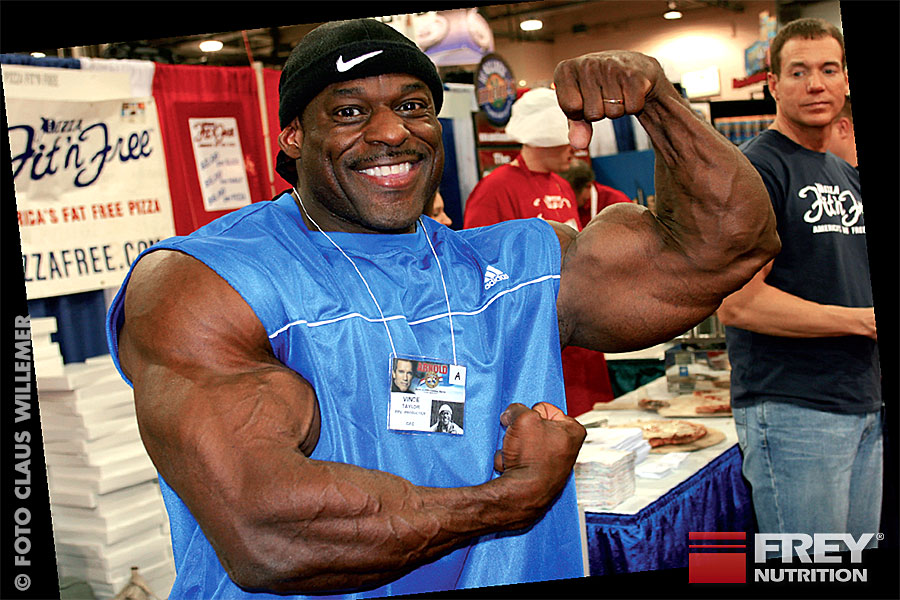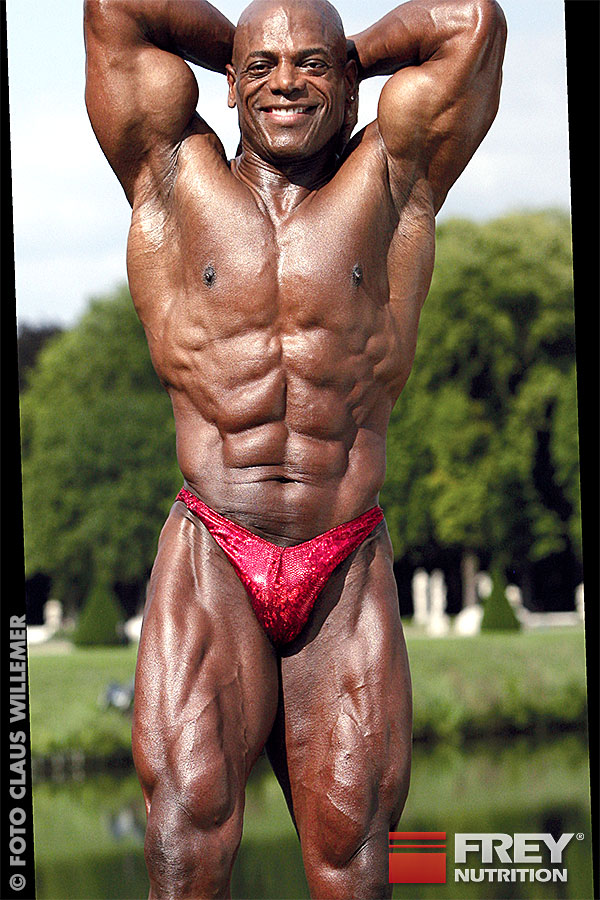COLUMN 50 |
FOR BODYBUILDING
IT'S NEVER TOO LATE

ANSWER

The risk of injury is not nearly as great as when playing tennis or football, if you always perform controlled movements and the joints are not subjected to such great strain. If you are already "old guard" in football at the age of 35, you usually only reach your peak performance in bodybuilding between the ages of 35 and 40. Bodybuilding is also one of the few sports where there are age groups of "over 40", "over 50" and even "over 60". But whether you are competing or not, it is never too late to build muscle, no matter how old you are.
I advise you to have a health check with a sports doctor to determine any pre-existing conditions. If everything is OK, you can start training. I recommend that you visit a gym with individual and professional support from a certified trainer.
TRAINING
When doing weight training, always make sure you perform the exercises correctly to avoid injury. This means completing the repetitions slowly and in a controlled manner and without cheating. Use a weight that allows you to perform eight to twelve repetitions. For large muscle groups (chest, shoulders, back and legs) ten sets are recommended, and for small body parts (biceps, triceps and calves) six sets are recommended. Rest 90 to 120 seconds between sets.A workout should not last longer than 60 minutes, otherwise it can lead to an increased release of cortisol - a catabolic hormone that inhibits muscle growth. Three to four training sessions per week are advisable. Of course, cardio training should not be neglected either: around 20 minutes directly after strength training and with a pulse of 140 beats per minute promote general fitness and help burn fat.
NUTRITION
The diet should always be high in protein and have a moderate carbohydrate content. Healthy fats (vegetable oils) should of course not be missing either. As you get older, you often have to deal with a slower metabolism. If you are also overweight, I recommend a low-carb diet in which you consciously reduce your carbohydrate intake. As a result, there is less insulin secretion, which promotes fat burning. You compensate for this reduced carbohydrate intake by increasing your protein and fat intake. In the latter case, saturated fats should make up 30 percent, with the majority coming from healthy vegetable oils, such as safflower, rapeseed and linseed oil.DISCIPLINE
In order to build muscle successfully, discipline and determination are extremely important. Plan your training and diet wisely. As you get older, your body won't forgive even small mistakes so easily!SEND US YOUR QUESTION!
Do you have any questions about bodybuilding, nutrition, training or supplements? Then send us your question by email to: INFO@FREYNUTRITION.DEThis will then be answered personally by Andreas Frey in the form of a column and published here!











